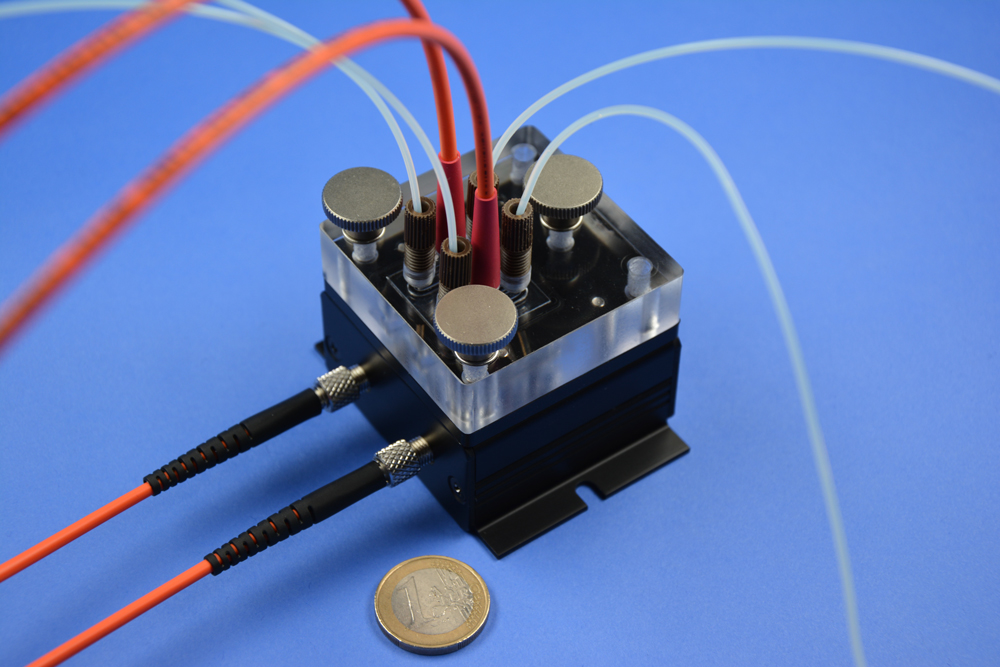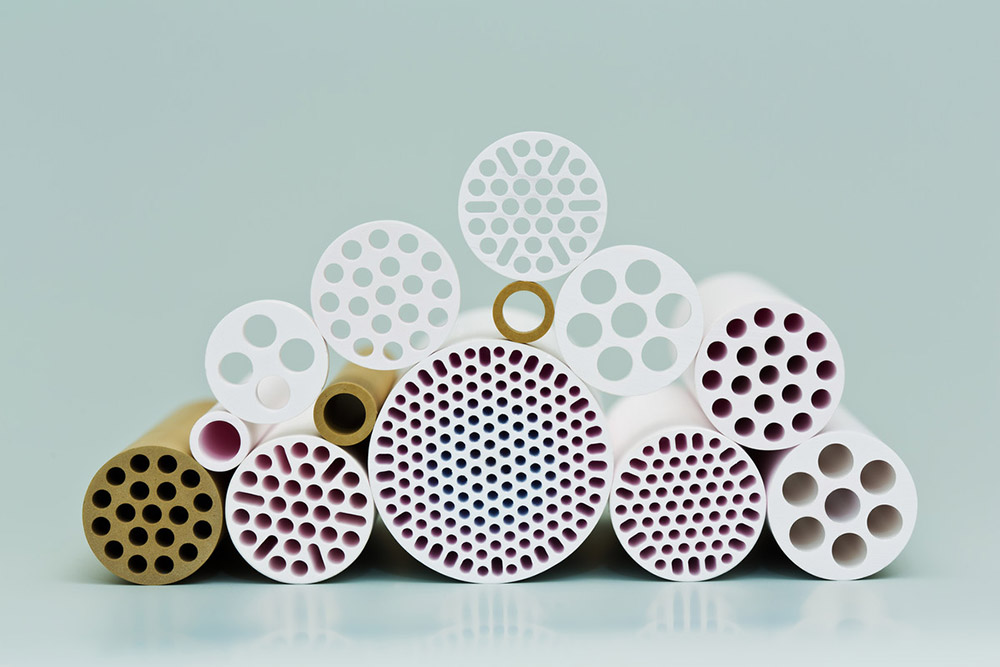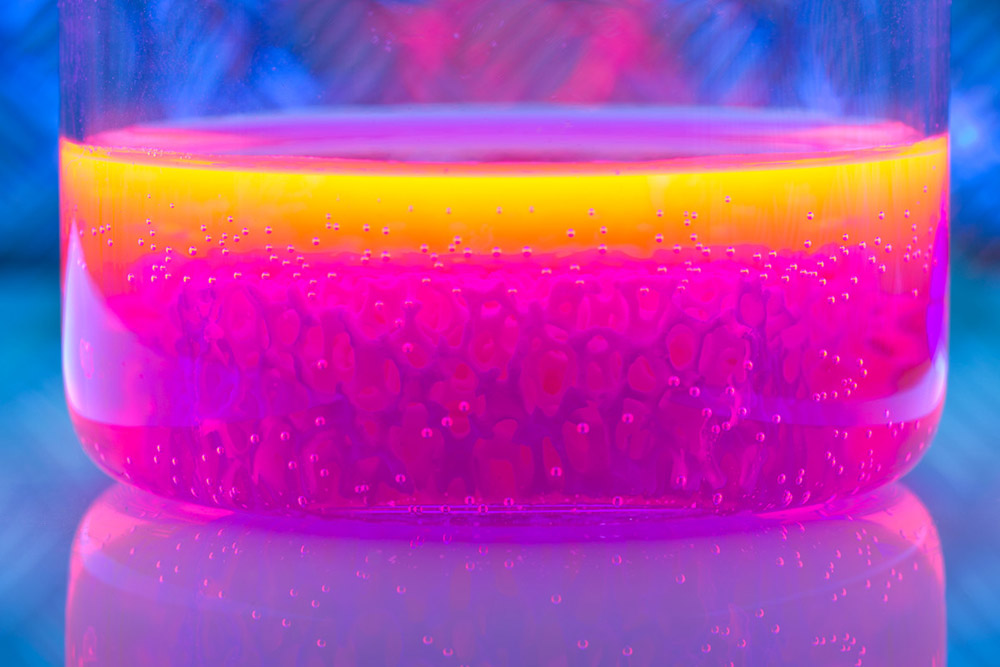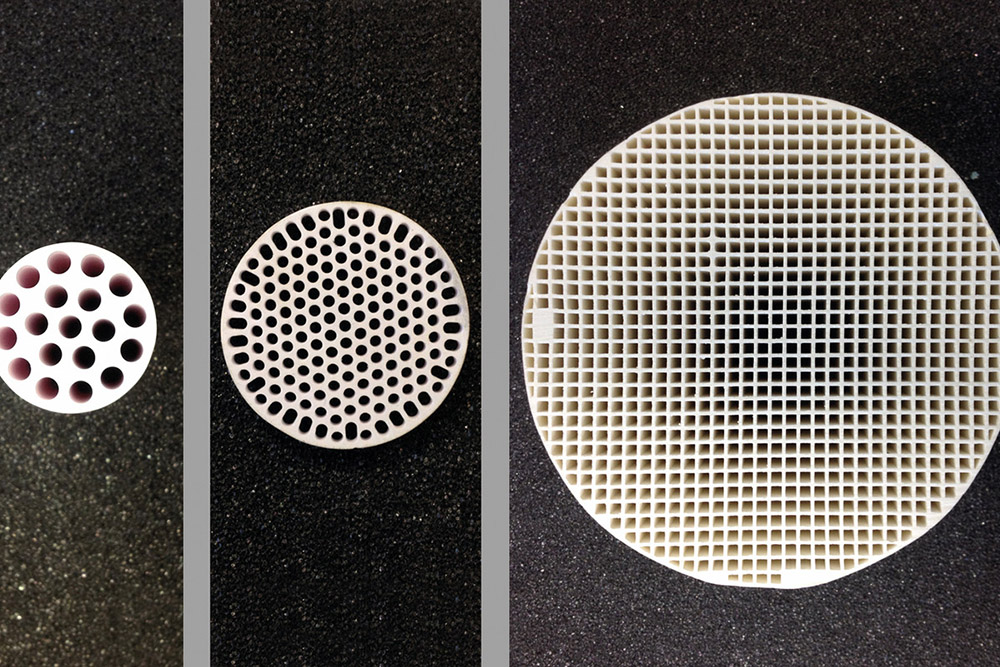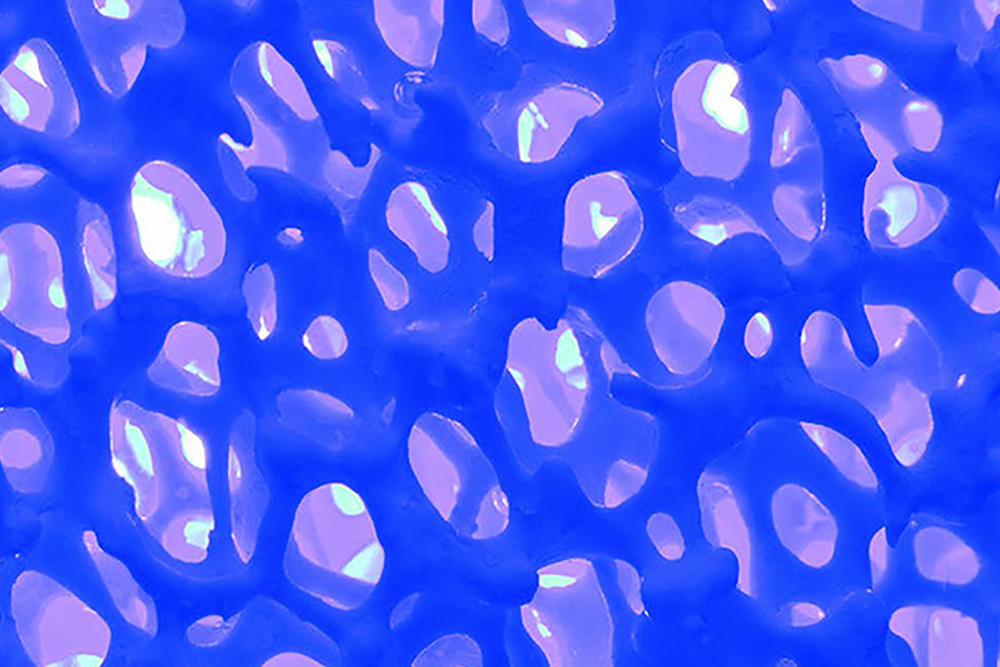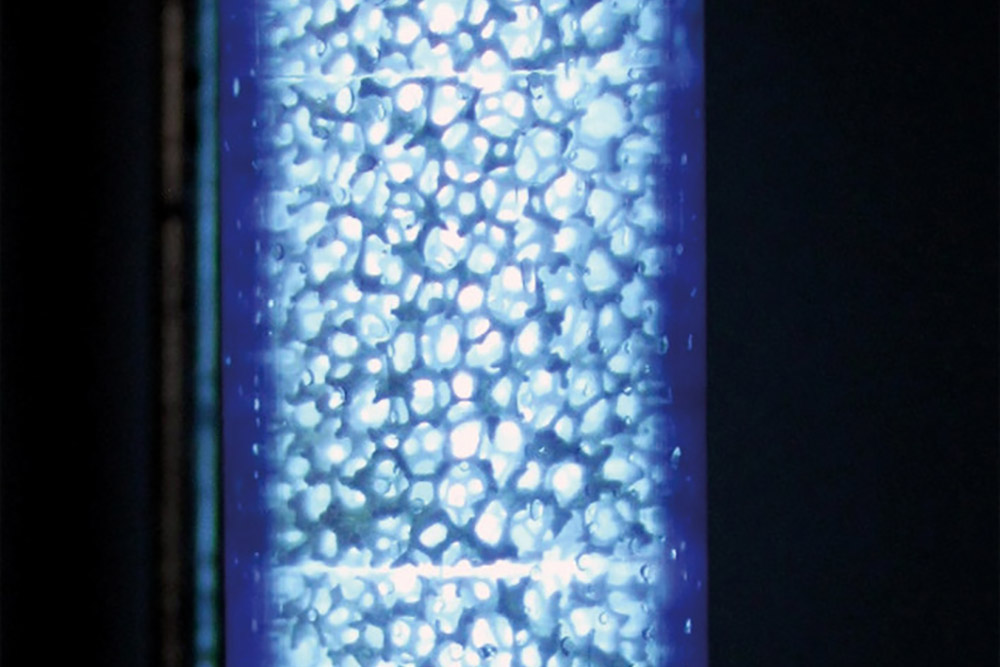Author: Anika Peucker | Translation: Anna Knollmann, Stephanie Anderseck
Residues of medication in our water: Can they be removed?
Fit and agile until old age. We all dream of it. However, the older people get, the more likely the need for medicines will rise. It is not only age but also the increase in mental and psychosomatic illnesses or the intake of hormones that increases the need for pharmaceutical preparations. And take a loot at our lifestyle: the use of antibiotics in factory farming for meat fattening does its own thing.
Pharmaceutical residues that are not metabolized in the body and are usually stable over the long term thus end up in surface water, ground water and sometimes even drinking water via excretion and wastewater. Scientists currently still assume that the quantities, which are predominantly in the nanogram range, are harmless to the human organism. But we do not know for sure. Studies are still lacking. In plants and animals, on the other hand, researchers have been reporting changes and damage caused by micro- pollutants, i. e. traces of pharmaceuticals, cosmetic ingredients, and pesticides. So today we already have a homemade problem. But what consequences do we draw from this?
The duty of every individual
Certainly, sustainable changes must be made at every link in the process chain. Pharmaceutical companies, doctors, industrial agriculture, sewage plant operators, but also each one of us are equally challenged. Improved detection methods, the proper disposal of expired pharmaceuticals - the toilet is not a waste bin- make a significant contribution to reducing trace substances in waste water, in addition to the purchase of small package sizes and the targeted consumption of pharmaceuticals.
The complex detection of anthropogenic trace substances
The lack of evidence as to the extent to which and in what concentration micropollutants are dangerous to humans is mainly because trace substances are very difficult to detect. The still small quantities and permissible low limit values also require very sensitive sensors. So far, inspectors have only carried out spot checks.
This is set to change in the future. We are currently working on an on-site analysis system that measures the concentration of pollutants directly at the water treatment plant. A first prototype, a robust optical, miniaturized sensor platform, already exists. It is based on an innovative further development of surface plasmon resonance spectroscopy. Trace substances bind to the nanostructured metallic sensor surface, allowing the water treatment to be controlled precisely, i.e. depending on the substances present. This makes the cleaning process safer, more efficient, and less expensive. Our scientists are currently developing the prototype further in a project funded by the Federal Ministry of Education and Research (BMBF).
Ceramic filters for clean water
Various filter methods have always been used in waste water treatment. The problem is that many trace substances can usually not be eliminated sufficiently with conventional filters despite the chemicals used. We therefore looked for a chemical-free solution to this problem and found it in two different filter methods - membrane adsorption and photocatalytic treatment, an AOP (Advanced Oxidation Process).
With membrane adsorption, ceramic membranes are infiltrated with activated carbon and the adsorber membrane is thermally regenerated, unlike in other water treatment processes. This is made possible by a specially developed filter system. It consists of two approx. 25 cm long activated carbon infiltrated ceramic membranes and a steam generator. The waste water is filtered through a membrane. If it is completely loaded with micro-pollutants, the wastewater is passed through the second membrane. While the water treatment continues over this second one, hot steam cleans the first contaminated membrane. The hot steam removes the trace substances from the activated carbon. They are collected in liquid form and disposed of in a controlled manner. What remains is a reusable, quasi new adsorber membrane and clean water free of trace substances.
But the system can do even more. It can also disinfect service water. Then, Escherichia coli bacteria, an intestinal bacterium, or other organic contaminants have no chance of survival, as our tests show.
The photocatalytic method developed can also bind pollutants and disinfect them simultaneously. Here, open-pored ceramic foams are coated with a catalyst made of titanium oxide (TiO2). The cellular ceramic is immersed in the TiO2 suspension. The immersion wets the ceramic on all sides. In combination with UV light, the foams coated in this way render harmless the persistent micropollutants such as Diclofenac, an analgesic and anti- inflammatory. If one compares the advanced method with other AOP processes, it completely breaks down the problematic pollutants at low energy input.
Enjoy water more light-heartedly
Optical, miniaturized sensor technology and ceramic water treatment systems offer the potential to control the micropollutants in our water through continuous research. Used in sewage treatment plants, in wastewater systems of hospitals, but also as the last treatment stage in drinking water plants or as small systems directly at the end user, they will allow us to enjoy our water more easily in the future.
Stay informed: You are welcome to subscribe to our newsletter, read our other blog articles and follow us on LinkedIn, Instagram and YouTube.
